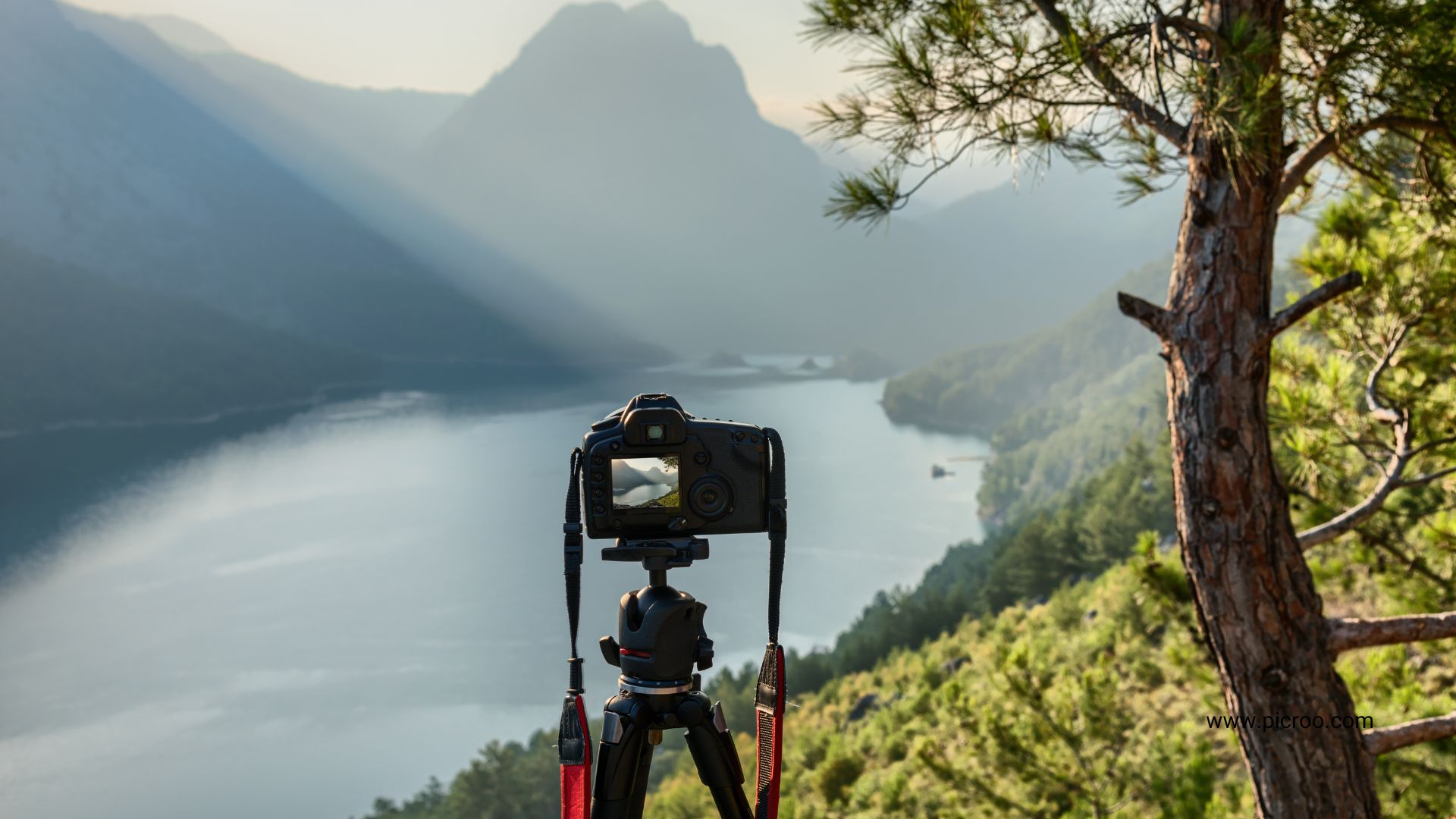
Description
Introduction: Understanding the Essence of Conceptual Photography
Conceptual photography transcends mere image capturing. It’s an art form where the photograph is imbued with a concept or idea that is often developed meticulously and can be abstract in nature. This genre includes various styles like creative photography, visual storytelling, and art photography. At its core, conceptual photography seeks to engage the viewer in dialogue, encouraging a deeper exploration of the piece.
Finding Inspiration: How to Generate Unique and Thought-Provoking Concepts
Generating ideas for conceptual photography starts with a broad exploration of themes and inspirations. Artists can delve into conceptual photography themes, draw from a well of creative ideas, and find artistic inspiration in everyday life. Fringe and groundbreaking concepts may emerge from turning a fresh eye to ordinary scenes or through deliberate thought exercises geared toward concept generation.
1. Exploring Emotions and Feelings through Visual Representation
An impactful avenue in conceptual photography is to convey emotions and moods visually. Expressive photography allows for the depiction of nuanced feelings, presenting them in a tangible form that resonates with the viewer. Through mood-based concepts, the photographer can narrate their inner experiences and connect with the audience on an intimate level.
2. Symbolism and Metaphors: Conveying Deeper Meanings in Your Photographs
Conceptual photography often leverages symbols and metaphors to construct layers of meaning. Through surreal imagery and symbolic representation, photographers can embed metaphorical concepts into their work, offering a rich narrative that encourages viewers to unearth the deeper significance hidden within the images.
3. Playing with Perspectives: Challenging the Viewer’s Perception
The manipulation of perspective is a powerful tool in conceptual photography. By utilizing unconventional angles and forced perspective techniques, photographers can create visual illusions that challenge perceptions. These strategic distortions invite viewers to engage more rigorously with the image and explore the myriad possible interpretations.
The Technical Aspects: Enhancing Your Conceptual Photographs with Composition and Lighting
Mastering composition and delicate lighting setups is essential for elevating the impact of conceptual images. The strategic arrangement of visual elements in composition techniques can guide the viewer’s eye and emphasize the central themes. Simultaneously, purposeful lighting can mold mood, contrast, and emphasis, further strengthening the concept.
Showcasing Your Vision: Post-Processing Tips for Creating Stunning Conceptual Images
Post-processing is where the artist’s vision for a conceptual piece truly comes alive. Through various photo editing techniques, photographers can distill a cohesive visual narrative, fine-tuning color, contrast, and other elements to underscore the photo’s conceptual intent.
Capturing the Essence: Inspiring Examples of Conceptual Photography Projects
To truly grasp the vast potential of conceptual photography, one can look to the works of famous conceptual photographers and examine their influential projects. The inspiring stories behind iconic images can serve as a powerful lesson in successful concept execution, illuminating the diverse pathways through which concepts can be translated into compelling visual art.
In unleashing your creative potential through conceptual photography, the journey is as critical as the destination itself. Each step provides an opportunity to infuse your photographs with deeper meaning, inviting viewers to ponder and appreciate the intricacies of the world from an entirely new perspective.



